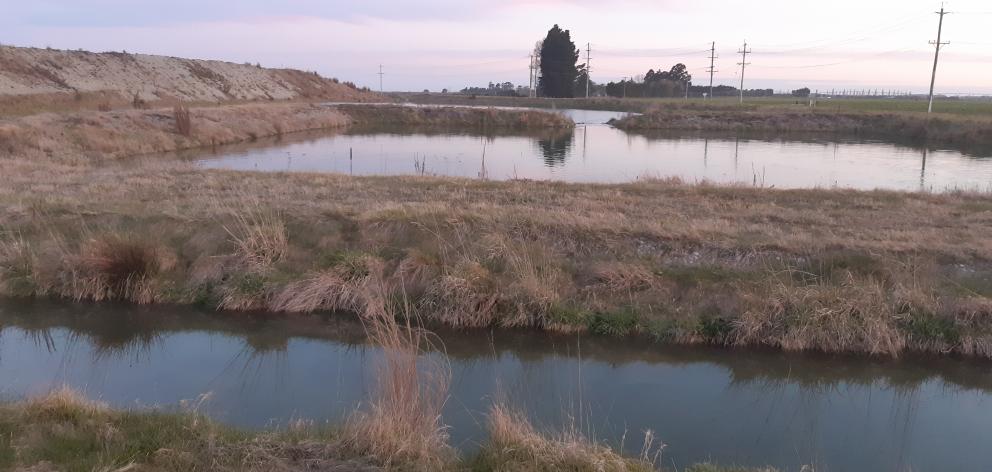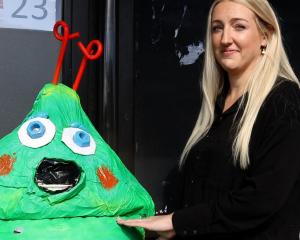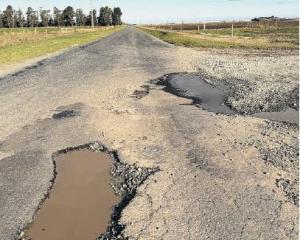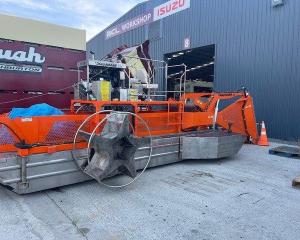
Rural Tinwald and Longbeach residents have long reported higher than desired nitrate levels in their shallow bores and high nitrate levels are a problem in other parts of the district, due in part to the historical use of nitrate fertiliser.
Farmers now follow strict environment rules and managed aquifer recharge is one tool that is helping improve water quality and quantity. Water from the Rangitata River is taken via the RDR and released to the Hekeao/Hinds Water Enhancement Trust, which is developing a network of recharge sites where the water is put into soak pits and allowed to filter down into underground aquifers.
Results from the pilot site at Lagmhor have shown recharge water has diluted nitrate concentrations – to almost zero in near wells – and raised groundwater levels.
The enhancement trust has a long-term goal to put 125 million cubic metres of water a year into the aquifers. In Year 3, and operating still on a trial basis, it injected 5.52 million cubic metres.
Dr Brett Painter said the pilot site and another developed near the Hinds River had been joined by a further 10 test sites. The test sites were being monitored to see how well the recharge water filtered down.
With good results, the next step was to secure a long-term water supply. The trust currently uses an unused Ashburton District Council water take at 500 litres per second, delivered by the RDR.
Dr Painter said the trust would eventually be applying to council for more of its water.
Councillors heard at their last meeting of the year in December from Dr Painter and trust chairman, farmer Peter Lowe.
Mr Lowe said a council contribution of $125,000 would be used to develop the new recharge site near the Ashburton River on Timaru Track. It had been chosen exclusively to protect the Tinwald drinking water supply.
Consent was granted mid-December and construction on the site should start mid-January.
Farmers around the district are committed to the managed aquifer recharge project, along with improving nitrate management and efficient irrigation, as a way of meeting strict environmental targets under Environment Canterbury’s Plan Change 2.
“This catchment has some significant challenges that have occurred over time and will take time to fix. What we are seeing with the MAR is water in the right place at the right time down catchment. We can intercept some of the plume and assist with the drinking water supply for Tinwald,” Mr Lowe said.
Sensors and meters are monitoring how the water injected so far is spreading in the aquifer as it runs towards the coast.
Mr Lowe said they had been able to achieve improved water quality and quantity with a small amount injected. Results would be better if the trust was able to access more water to put in its recharge sites.
The sites were offline late last year because of record rain that caused flooding and turbid water in the Rangitata. The water would have clogged the infiltration pits.
Dr Painter said all farmers needed to test their irrigation well water for nitrates as there could be “free nitrates” there, instead of paying for those in fertiliser.














